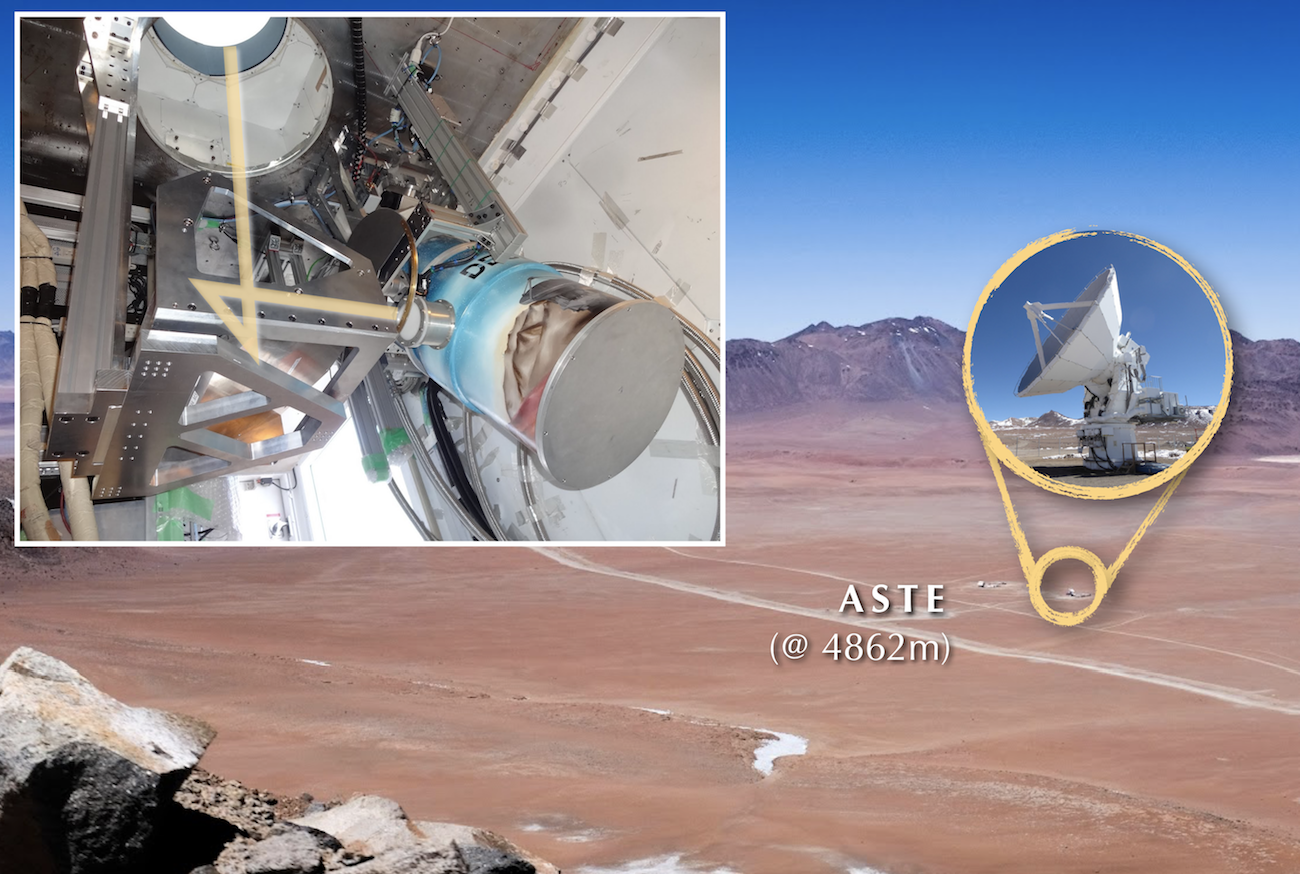Development of superconducting quantum detectors for the observational study of the co-evolution of galaxies and super-massive black holes


- 1.5 Quantum interdisciplinary sciences(Life science, Mathematics, Particle physics, Space science, Astronomy, Quantum gravity, etc.)
- 2.1 Quantum bits, memories, devices(Superconducting circuits, Ion trapping, Trapped cold atoms, Photons, Quantum dots, etc.)
- 2.2 Quantum sensing(Quantum metrology/Sensing/Imaging, Optical lattice clocks)
Kotaro Kohno
Graduate School of Science
Professor
We develop superconducting quantum detectors such as kinetic inductance detectors (MKIDs) to facilitate the observational study of the co-growth of galaxies and supermassive black holes in the early universe.
Related links
Research collaborators
Technology University of Delft
Kavli Institute of Nanoscience Delft
Netherlands Institute for Space Research (Netherlands)
Nagoya University
Saitama University
Hokkaido University
National Astronomical Observatory of Japan
Kavli Institute of Nanoscience Delft
Netherlands Institute for Space Research (Netherlands)
Nagoya University
Saitama University
Hokkaido University
National Astronomical Observatory of Japan
Related publications
Endo, A., Karatsu, K., Tamura, Y., Oshima, T., Taniguchi, A., Takekoshi, T., Asayama, S., Kawabe, R., Kohno, K., Baselmans, J., et al. Nature Astronomy, 3, 989-996 (2019).








